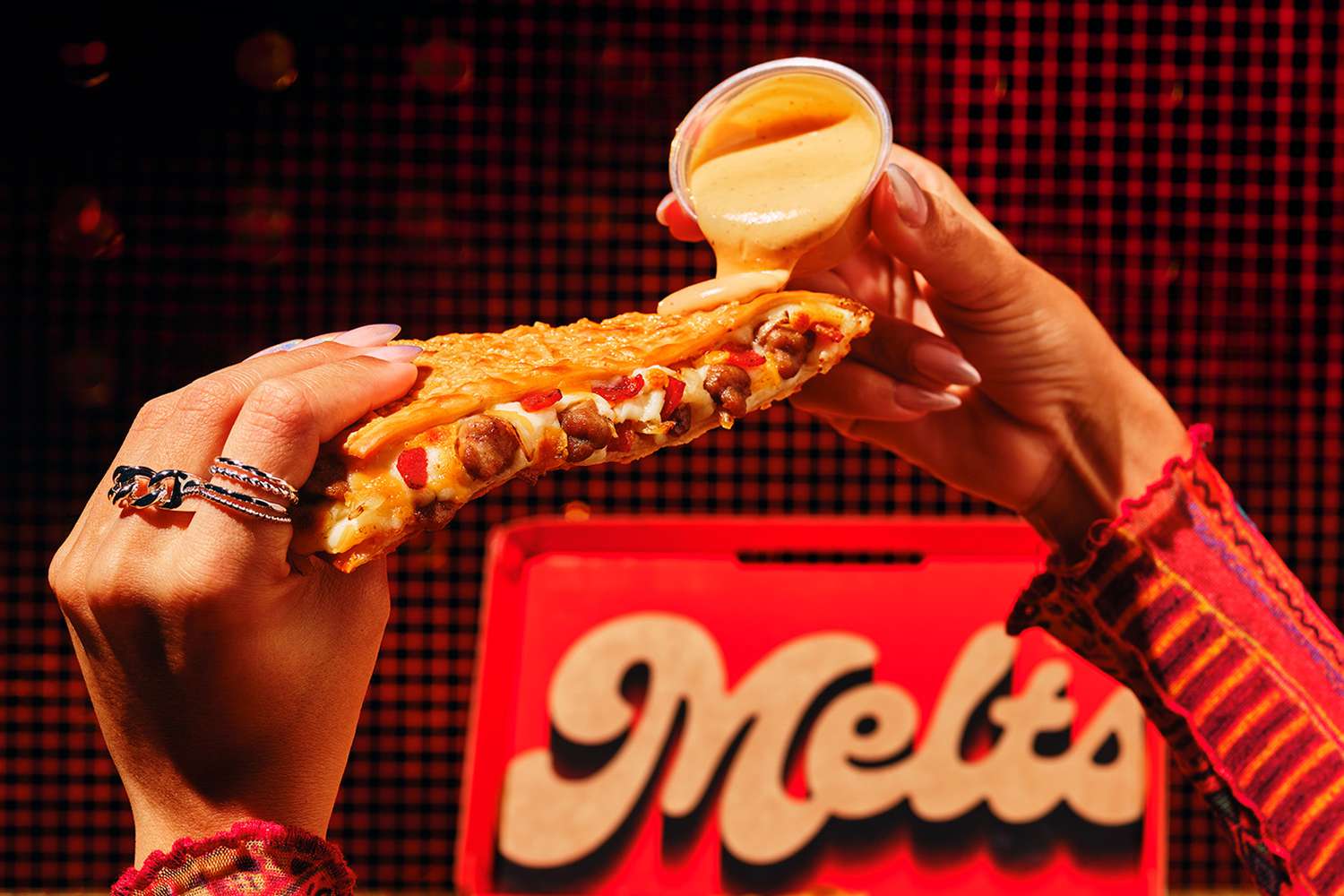Fast food chains are known for their iconic menu items that keep customers coming back. Think of McDonald’s Big Mac, KFC’s fried chicken, and Taco Bell’s tacos. However– sometimes these chains venture outside their culinary comfort zones, introducing items that seem out of place. The latest example? Pizza Hut’s new burger melt– which has sparked curiosity and debate. This article explores whether these unconventional menu additions are a recipe for success or a fast track to failure.
Pizza Hut’s Burger Melt
Pizza Hut– synonymous with pizza and cheesy breadsticks– has introduced a new item: the Pizza Hut Burger Melt. This unexpected addition begs the question: will pizza lovers embrace a burger from a pizzeria? According to MarketWatch– the Pizza Hut Burger Melt features seasoned ground beef, melted cheese, and a crispy crust, creating a fusion of burger and pizza elements. What separates Pizza Hut from other fast food chains is that they are creating a melt, leaning into their strength with other cheese products. Additionally, being a sit-down restaurant allows Pizza Hut to offer a more diverse menu, increasing the likelihood of success. Only time will tell if this mashup will win over customers or leave them longing for a classic slice.
Successful Diversifications
Some fast food chains have managed to diversify their menus successfully:
Taco Bell’s Breakfast Menu– Taco Bell, known for its quick grab Mexican-inspired cuisine, introduced a breakfast menu in 2014. Including items like the Breakfast Crunchwrap and AM Crunchwrap. Taco Bell’s breakfast offerings have been a hit– contributing to increased morning sales and expanding the brand’s appeal.
Starbucks’ Food Offerings– Starbucks, initially a coffee-focused chain, has expanded their fan base by successfully expanded its menu to include a variety of food items. From sandwiches and cakes and pastries, Starbucks has enhanced its appeal as a go-to spot a quick bite.
Dunkin’ Donuts’ Savory Menu– Dunkin’ is traditionally known for its donuts and coffee, but has broadened its menu with a range of savory items, including breakfast sandwiches, wraps, and avocado toast. The addition to the salty favorites has helped Dunkin’ attract a wider customer base and compete more effectively with other fast food chains.
The Failed Experiments
McDonald’s Pizza– In the late 1980s and early 1990s, McDonald’s attempted to outshine their competition by offering the McPizza. Aiming to capture a share of the pizza market, the fast-food giant introduced personal-sized pizzas. However– despite the initial excitement, the McPizza struggled to compete with established pizzerias and was eventually phased out. The main issues were the longer cooking times, which clashed with McDonald’s fast-service model, and the fact that customers preferred the chain’s traditional burgers and fries.
Hardee’s Fried Chicken– Hardee’s, primarily known for its charbroiled burgers and homemade biscuits, once ventured into the fried chicken arena. Competing directly with KFC and Popeyes, Hardee’s introduced fried chicken items that received mixed reviews. Despite some loyal fans– the fried chicken failed to make a lasting impression, and the chain eventually refocused on its core burger and breakfast offerings.
Burger King’s Hot Dogs– In 2016, Burger King, famous for its flame-grilled Whopper, decided to roll out grilled hot dogs. This move was part of an effort to diversify the menu and attract new customers. While the hot dogs initially drew attention– they didn’t achieve long-term success. Critics argued that the hot dogs didn’t live up to the chain’s burger standards, and they were eventually discontinued in many locations.
The Success Factors
Why do some unconventional menu items fail while others succeed? Lets review the factors:
- Brand Identity: Customers have a strong perception of what a fast food brand represents. When a new item doesn’t align with that perception– it can lead to resistance.
- Quality and Taste: Regardless of novelty, the item must meet or exceed customer expectations set by the brand’s signature offerings.
- Operational Fit: Fast food thrives on speed and efficiency. Items that disrupt kitchen workflows or extend wait times can negatively impact overall customer experience.
- Market Testing: Successful new products often undergo extensive market testing and adjustments based on customer feedback before a full-scale rollout.
Lessons Learned
Fast food chains can learn from past experiments by focusing on:
- Customer Feedback: Understanding what customers want from the brands they love.
- Complimentary Innovation: Introducing new items that complement their traditional menu.
- Be Flexible: Being willing to change directions quickly to maintain brand integrity.
Pizza Hut’s Burger Melt is the most recent test in the ongoing experiment of fast food chains and success really lies with them. While the outcome remains to be seen– history shows that alignment with brand identity, maintaining high quality, and ensuring operational compatibility are crucial for success. As customers– we can enjoy the culinary curiosity and occasional delightful surprise that these experiments bring.







